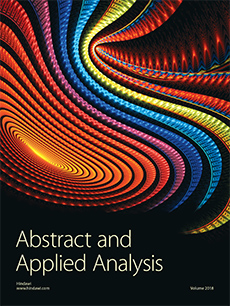Abstract
The heterogeneous autoregressive (HAR) models of high-frequency realized volatility are inspired by the Heterogeneous Market Hypothesis and incorporate daily, weekly and monthly realized volatilities in the volatility dynamics with a (1,5,22) time horizon structure. We build on the HAR models and propose a new framework, adaptive heterogeneous autoregressive (AHAR) models, whose time horizon structures are optimized by a genetic algorithm. Our models can be applied to markets with different heterogeneous structures, and their time horizon structures can be adjusted adaptively as the market's heterogeneous structure varies. Moving window tests with five-minute returns of the CSI 300 index indicate that the (1,5,22) structure originally proposed for American stock markets is not the best choice for Chinese stock markets, and Chinese stock markets’ heterogeneous structure does vary over time. Using four common loss functions, we find that the AHAR models outperform the corresponding HAR models in most of the forecast windows and thus are reasonable choices for volatility forecasting practices.
Citation
Hui Qu. Ping Ji. "Adaptive Heterogeneous Autoregressive Models of Realized Volatility Based on a Genetic Algorithm." Abstr. Appl. Anal. 2014 (SI11) 1 - 8, 2014. https://doi.org/10.1155/2014/943041
Information





